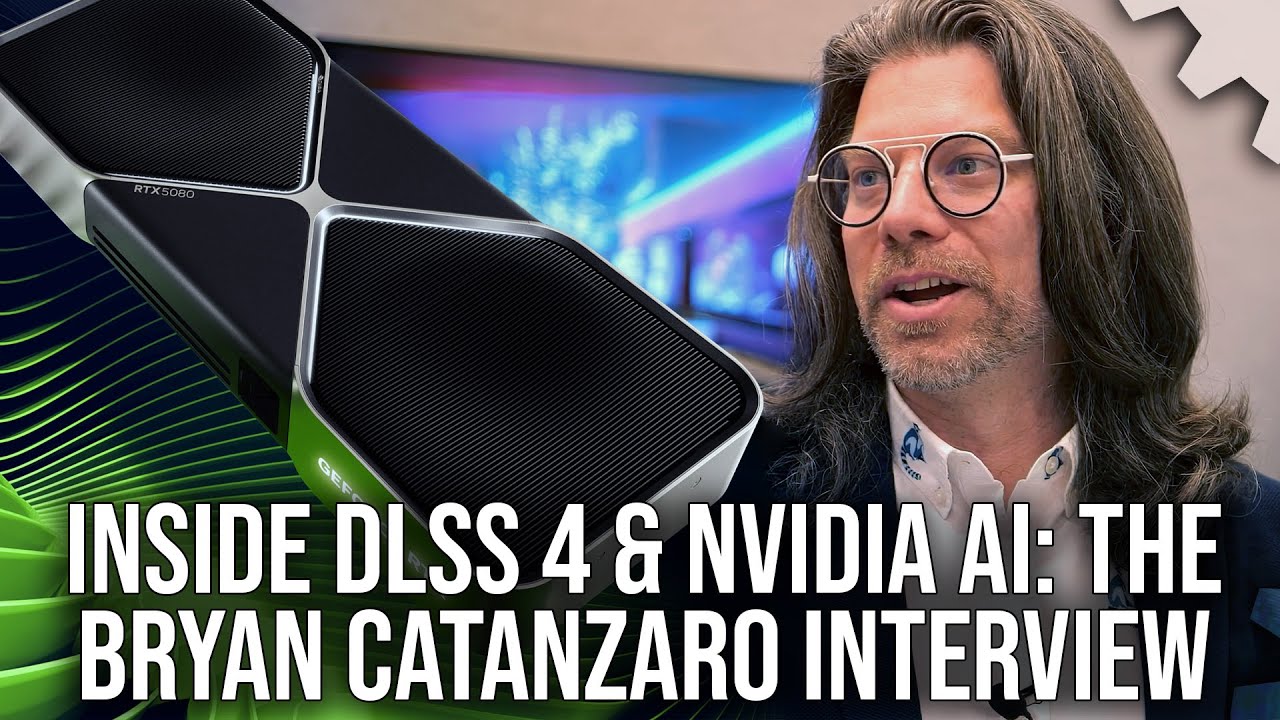In an interview, Bryan Catanzaro from Nvidia discussed the advancements in DLSS 4, highlighting its transition to a Transformer model for improved image quality and reduced artifacts like ghosting and flickering. He also emphasized the model’s efficient performance at high resolutions and the potential of neural rendering technologies to revolutionize gaming graphics by creating more realistic representations.
In a recent interview, Bryan Catanzaro, Vice President of Applied Deep Learning Research at Nvidia, discussed the advancements in their latest DLSS (Deep Learning Super Sampling) 4 model, particularly in light of the announcement of the RTX 5000 series. Catanzaro explained that the transition to a Transformer model for super-resolution was necessary to overcome limitations faced by older models. The Transformer architecture offers scalability and improved attention mechanisms, allowing the model to make smarter decisions about image generation and to be trained on larger datasets, ultimately leading to enhanced image quality.
Catanzaro highlighted the key improvements in image characteristics with the new model, addressing common issues such as stability, ghosting, and detail retention. He noted that while older models struggled with these trade-offs, the new DLSS 4 model has made significant strides in reducing ghosting and flickering artifacts, particularly in complex scenes. The advancements in Ray reconstruction and super-resolution have resulted in higher fidelity images, with the model being more adept at handling intricate details, such as skin textures and animated surfaces.
The discussion also touched upon the performance metrics of the new model, with Catanzaro mentioning that the new super-resolution model utilizes four times more compute power than its predecessor but does not proportionately increase execution time, thanks to optimizations in the Blackwell architecture. This allows for efficient performance even at high resolutions, such as 4K. The interview also addressed frame generation technology, which has evolved from using hardware-based optical flow to a fully AI-driven approach, resulting in better image quality and reduced memory usage.
Frame pacing was another critical topic, with Catanzaro explaining that the updated flip metering system in Blackwell significantly lowers variability in frame presentation. This enhancement is particularly important for multiframe generation, where consistent frame timing is essential for a smooth gaming experience. The new DLSS 4 model aims to provide gamers with more options for balancing latency, image quality, and smoothness, catering to various preferences in gaming performance.
Lastly, Catanzaro discussed the future of graphics and the potential of neural rendering technologies. He emphasized that the industry is moving towards top-down generated graphics, where AI learns from real-world data to create more realistic representations. This shift could overcome the limitations of traditional polygon-based graphics, enabling more complex simulations of materials and light interactions. With neural rendering, the future of gaming graphics looks promising, as it opens up new possibilities for creating visually stunning and immersive experiences.
